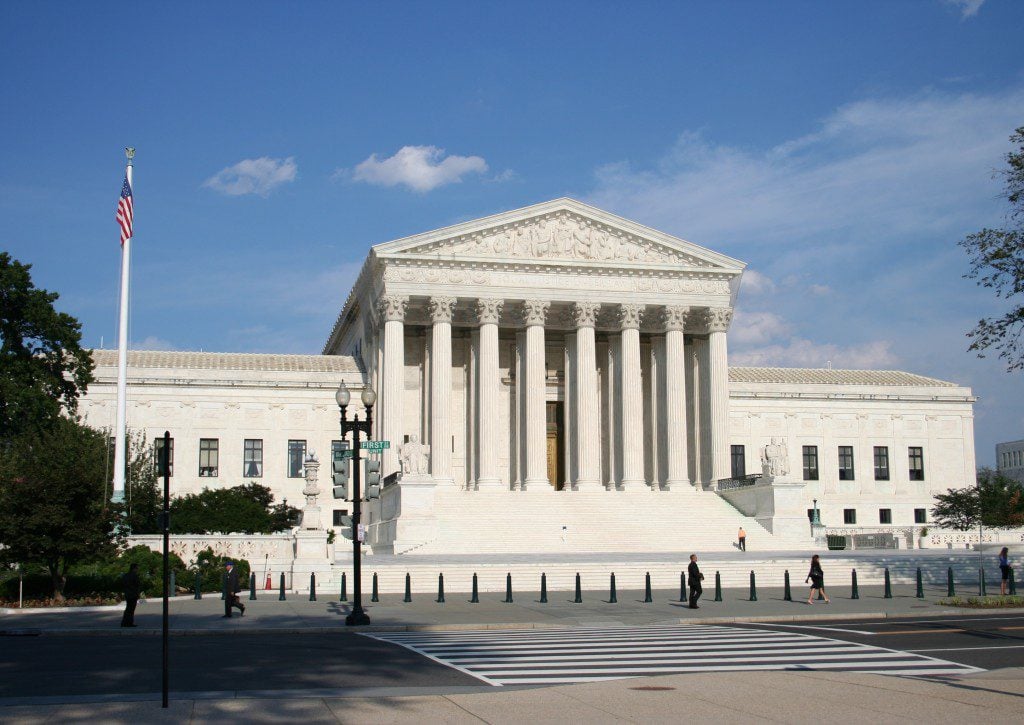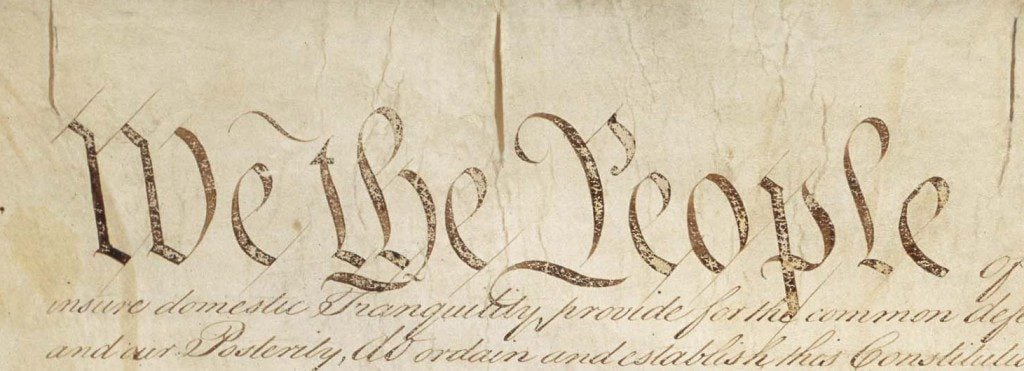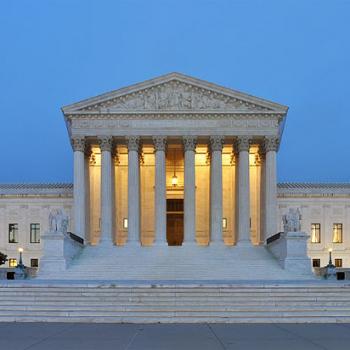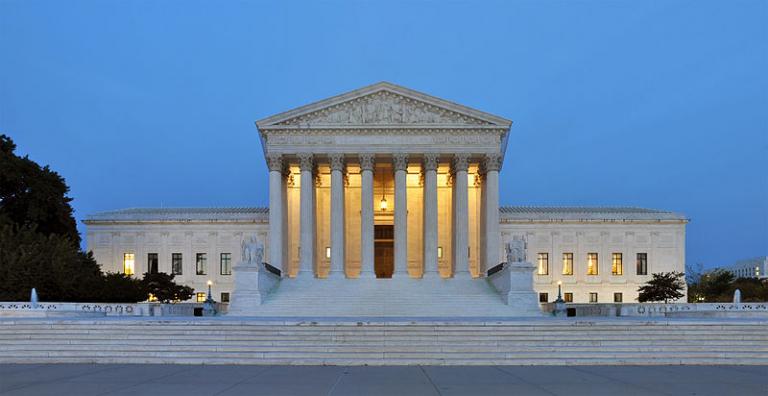
Apropos of nothing, here’s something that I was thinking about the other day.
We all learn in our civics classes — or should have learned, anyway — that the Constitution itself did not define what the Supreme Court should be up to, exactly.
Section 1 of Article 3 states, “The judicial Power of the United States, shall be vested in one supreme Court, and in such inferior Courts as the Congress may from time to time ordain and establish.” And Section 2 follows: “The judicial Power shall extend to all Cases, in Law and Equity, arising under this Constitution, the Laws of the United States, and Treaties made, or which shall be made, under their Authority;—to all Cases affecting Ambassadors, other public Ministers and Consuls;—to all Cases of admiralty and maritime Jurisdiction;—to Controversies to which the United States shall be a Party;—to Controversies between two or more States;—between a State and Citizens of another State;—between Citizens of different States;—between Citizens of the same State claiming Lands under Grants of different States, and between a State, or the Citizens thereof, and foreign States, Citizens or Subjects.”
(See Wikipedia, for convenience.)
We further learned, maybe, that the Supreme Court claimed for itself the power of judicial review, that is, the ability to overturn a law by deeming unconstitutional, in the case Marbury vs. Madison in 1803. Now, Wikipedia has a whole section saying that the Supreme Court didn’t just invent this power out of whole cloth, but that the founders themselves had envisioned just such a power, and it just so happened that this decision was the first time this was put into use.
But the basic premise, as it’s evolved, is this: the Supreme Court makes its decisions by identifying whether a state or federal law, or an administrative implementation of the law, is in conflict with the U.S. constitution, or, secondarily, whether a state law violates a relevant federal law, or whether a federal law oversteps the bounds of its constitutionally-defined legislative authority.
And yet, at the same time, there are growing numbers of decisions which are — let’s face it — made on the basis of a completely different standard altogether, the majority judges’ perception of the Right Thing To Do, that which intuitively rights wrongs. Yes, the decisions may have found some line of argumentation to claim that they were basing their decision on a provision of the constitution, however vaguely. Roe v. Wade found a “penumbra” of a right to privacy that extends to an action that is no more or less “private” than other activities that we’re perfectly fine criminalizing. The Obergefell decision included very generic claims that the Constitution promises liberty to everyone. But in the case of Obergefell, remember, too, that those who celebrated the decision called it “poetic,” referencing the final paragraph:
No union is more profound than marriage, for it embodies the highest ideals of love, fidelity, devotion, sacrifice, and family. In forming a marital union, two people become something greater than once they were. As some of the petitioners in these cases demonstrate, marriage embodies a love that may endure even past death. It would misunderstand these men and women to say they disrespect the idea of marriage. Their plea is that they do respect it, respect it so deeply that they seek to find its fulfillment for themselves. Their hope is not to be condemned to live in loneliness, excluded from one of civilization’s oldest institutions. They ask for equal dignity in the eyes of the law. The Constitution grants them that right. The judgment of the Court of Appeals for the Sixth Circuit is reversed.
Now, I objected to the decision at the time (see here), but let me just raise one issue: is there anything, other than precedent, that prevents the Court from openly voicing this new approach: “in cases where the constitution is silent, or unclear, we will make decisions based on the ideals of justice and fairness that are held by the majority of the justices at the time the case comes to us for consideration”?
Is there anything in our laws or constitution that would prevent the Court from taking on this expansion of its power, or, rather, doing so more openly? And, if not, should there be, and how? In any event, should we at least acknowledge that this is what the Supreme Court has done in this case? And, if so, what does that mean for the actions that the Court might take in the future, given, for instance, Clinton’s pledge to extensively litmus-test her appointees?
That’s my question for readers today.
Image: the Supreme Court, from Wikipedia, public domain.













